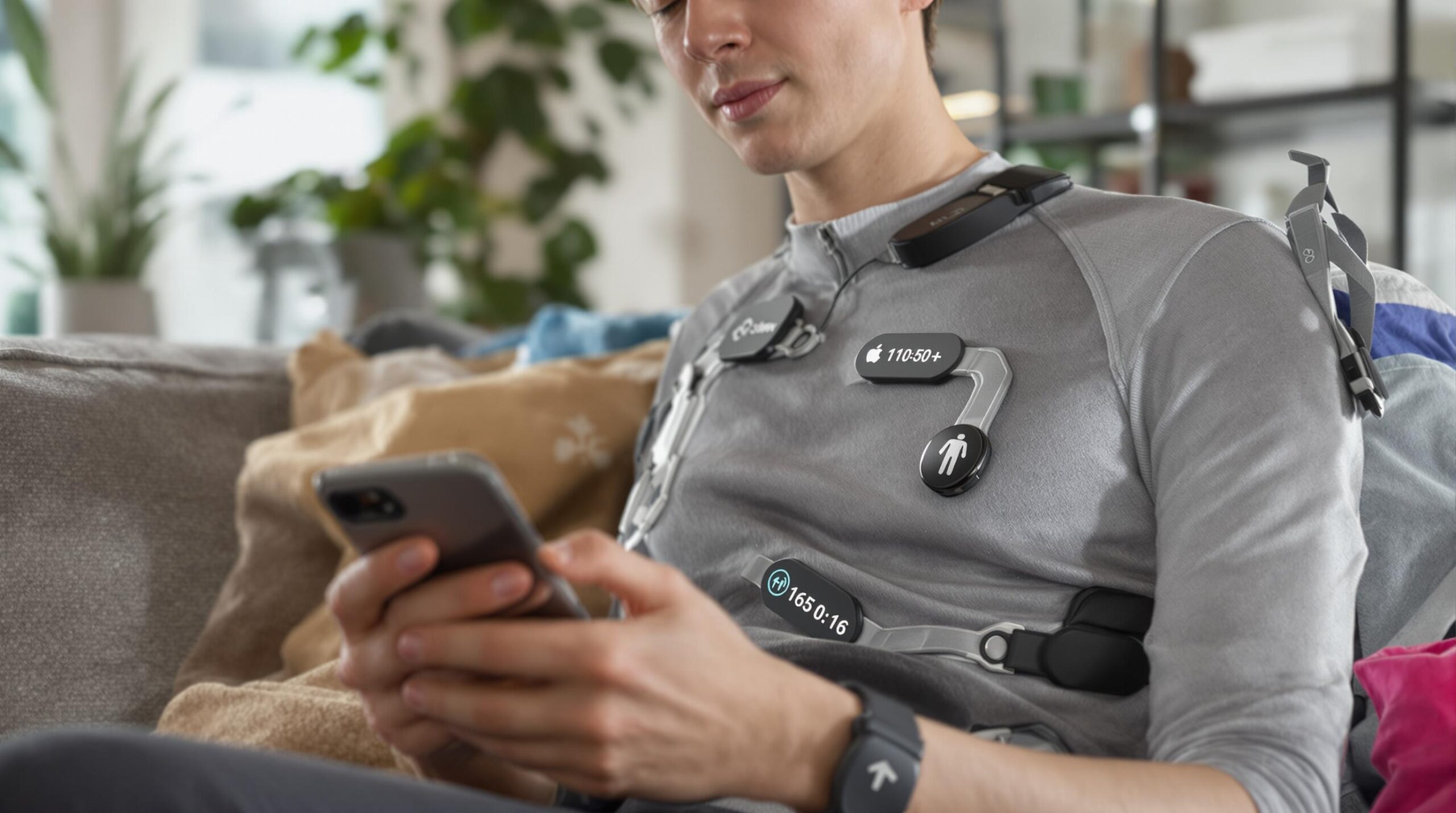Wearable technology is transforming how we monitor health. Smart clothing, equipped with embedded sensors, provides a breakthrough in personal health tracking. These advanced garments deliver real-time data, allowing users to monitor vital signs seamlessly during daily activities. Health experts and consumers increasingly recognize smart clothing’s role in proactive health management.
Understanding Smart Clothing Technology
Smart clothing integrates electronic sensors directly into the fabric, creating interactive garments. These fibers often use conductive materials to transmit electrical signals. Unlike bulky fitness trackers, smart clothing feels and looks like regular apparel, increasing comfort and wearability. Miniaturized sensors can measure heart rate, respiration, body temperature, and even muscle activity.
Manufacturers employ flexible electronics that withstand repeated washing and movement. Some designs include textile-based electrodes, while others use tiny chips connected to the fabric. Wireless connectivity allows seamless data transfer to smartphones or cloud-based health platforms, ensuring users can access their health information anywhere and anytime. These technical innovations make smart clothing more practical and reliable than ever.
The Health Benefits of Smart Clothing
Continuous monitoring enables early detection of potential health issues. For example, smart shirts can alert wearers to abnormal heart rates, prompting immediate attention. Athletes benefit from real-time analysis of muscle activity and posture, which helps prevent injuries and optimize performance. Diabetics can use smart socks to monitor foot temperature, reducing the risk of ulcers.
Patients with chronic conditions, such as cardiovascular disease, gain substantial advantages. Smart clothing gives peace of mind by providing accurate data without frequent hospital visits. Healthcare professionals can offer timely interventions by analyzing trends and making informed recommendations. Additionally, general consumers access valuable health insights that promote healthier lifestyles and prevent issues before they start.
Remote Health Monitoring and Telemedicine
The demand for remote health monitoring is surging. Smart clothing bridges the gap between patients and healthcare providers, even at great distances. Integrated sensors feed biometric data directly to clinicians via secure networks. Doctors monitor patients in real-time, detect anomalies, and make data-driven decisions quickly.
This revolution is essential for aging populations and people with mobility challenges. Elderly individuals wear smart garments that alert caregivers to falls or significant changes in vital signs. Telemedicine advances further, as smart clothing delivers detailed physiological data that enhances digital doctor consultations. The result is a robust system for preventive care and early intervention.
Data Accuracy and User Experience
Smart clothing must deliver accurate, reliable data to be effective. Modern sensor technology matches the precision of medical-grade devices in many scenarios. Algorithms filter out noise from body movement and external environments. This ensures vital signs remain accurate, even during complex activities like exercise.
User comfort is critical for adoption. Materials are lightweight, breathable, and stretchable to suit diverse body shapes and lifestyles. Long battery life and intuitive interfaces simplify daily use, making smart clothing convenient for extended wear. If the experience feels seamless, people are more likely to wear these garments and gain the health benefits.
Integration with Digital Health Platforms
Smart clothing excels when integrated with digital health apps and cloud-based services. Data collected by garments syncs effortlessly with platforms like Apple Health, Google Fit, or specialized hospital systems. Personal dashboards help users monitor trends, set goals, and receive personalized health coaching.
This connectivity empowers healthcare providers to manage large patient populations efficiently. Physicians automatically receive alerts if abnormal patterns emerge in a patient’s health data. Such proactive systems support early interventions, reducing emergency visits and improving outcomes. Secure cloud storage also keeps patient information protected while maintaining accessibility for authorized teams.
Real-World Applications and Success Stories
Major brands and startups alike are exploring smart clothing applications. Hexoskin develops smart shirts for athletes that track heart rate, breathing, and sleep quality. Sensoria’s socks monitor running technique, helping reduce injuries by analyzing foot pressure and gait. Nadi X leggings guide yoga practitioners using haptic feedback for posture correction in real-time.
Hospitals and clinics leverage smart vests for remote cardiac monitoring, minimizing the need for in-person visits. Elderly care homes implement sensor-based pajamas that alert staff if a resident falls or leaves the bed at night. These examples highlight how smart clothing adapts to specific health needs and environments, proving invaluable across various sectors.
Challenges and Future Developments
Despite rapid growth, smart clothing faces hurdles. Ensuring data privacy is always top of mind, as health information requires robust protection. Manufacturers must achieve a balance between technological complexity and user-friendliness. Costs for high-quality smart garments remain higher than conventional clothing, posing affordability challenges for mass adoption.
Innovation continues to address these concerns. Engineers are developing self-powered textiles that harvest energy from motion, eliminating the need for frequent recharging. Advancements in biodegradable electronics could make future smart clothing more sustainable and eco-friendly. Collaborations between technology providers and healthcare organizations drive new features, broader access, and improved outcomes.
Final Thoughts: Embracing the Future of Healthy Living
Smart clothing represents a dynamic evolution in personal health monitoring. By merging comfort with cutting-edge technology, it supports early detection, preventive care, and enhanced well-being. As sensors become more accurate and integration with health platforms improves, adoption rates will likely rise among diverse users.
This technology encourages a proactive approach to health by delivering valuable insights directly to individuals and their care teams. People gain personalized support while maintaining their independence and privacy. By embracing smart clothing, we step closer to a future where everyone can monitor and enhance their well-being with ease and confidence.

